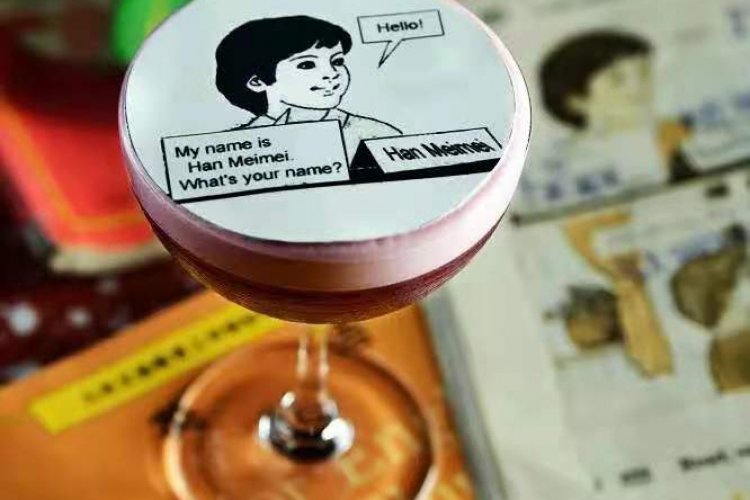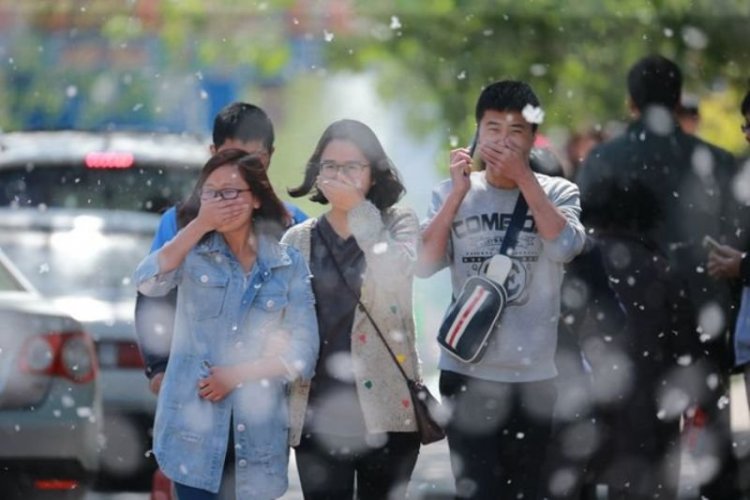The Emperor’s Hooch: China’s Feudal Rulers Liked to Drink, and You Can Sample Their Tipples
The emperors enjoyed their drink, some more than others. Gao Yang (529-559 CE), an emperor of the Northern Qi Dynasty, was a notorious lush who threatened to marry his own mother off to the barbarian tribes when she attempted an intervention.
While not all emperors were as routinely inebriated as Gao, alcohol played a significant role in palace life. Offerings of fermented drink were a part of imperial sacrifices, and it was not unusual for emperors and their consorts to be buried with containers of alcohol to make the afterlife just a little bit sweeter. Herbs and other substances with purported medicinal value were mixed with alcohol to alleviate chronic illnesses and to restore vitality.
Fermented beverages from all corners of the empire graced the emperors’ tables. One of the earliest examples of tribute alcohol dates from the Han Dynasty, when the warlord Cao Cao recommended the local brew from his hometown in Haozhou. Known as Jiuyun Chunjiu, the Haozhou hooch graced the tables of monarchs throughout the imperial era. Today, a version is still produced in Anhui and marketed under the name Gujing Gongjiu.
In the Forbidden City, the most commonly served alcoholic beverage was produced at the imperial distillery in Tongzhou, with water drawn from the springs of Yuquan, just west of Beijing. Fermentation used glutinous rice from the south, sesame, flower peppers, flour, leavening dough, and bamboo leaves.
The Qianlong Emperor (1711-1799) enjoyed a shot (about 1.5 ounces) of the imperial spirit each day. His son was a bit more of a drinker. The Jiaqing Emperor’s (1760-1820) daily intake was around 24 ounces per day, about the same amount as in a standard bottle of Jack Daniel’s. Subsequent monarchs and their families also had a taste for the grain. In one year, 1884, household records show the palace putting away 8,080 jin of the palace spirit, equivalent to about 5,000 standard bottles.
The household records in the Qing archives include lists of beverages required for the imperial pantry. These included aphrodisiac liquors, longevity wine, and Zhuangyuan spirits that could stimulate the spleen and kidneys.
In his old age, Qianlong still liked a drink or two each day, despite his frail health. To keep up his spirits, he drank Tusu Jiu, a medicinal liquor that according to legend was first brewed by the 3rd-century CE physician Hua Tuo. The potent concoction used rhubarb, flower peppers, cassia, monkshood, and several other herbs of varying levels of toxicity to build up the vital force and ward off disease.
But in the imperial family, everybody knew that Uncle Yikuang and his family made the best hooch. Also known as the first Prince Qing (1838-1917), every year Yikuang brewed up a batch of his “Fragrant Baijiu” to distribute to the other princes. Each autumn, the family would take large rice wine pots, fill them with baijiu, and then add oranges, citron, bergamot, mung beans, and sugar as well as other herbs and plants – kind of a Qing sangria. The mixture would be sealed and dated for later consumption. The longer the wait, the better the pour. Unfortunately, the details of making the special sauce died with Yikuang’s son, Zaizhen, in 1948.
RELATED: China’s Ancient Poets and Writers Liked Their Drink
While many brands today advertise a connection with the palace and the imperial table under the label “Gongting Yujiu” or “Palace Wine.” Trying to verify such claims is nearly impossible. Many of the original recipes have been lost, and few are left who can tell by taste the authenticity of a particular tipple.
But there’s nothing to stop you from smuggling in a bottle or flask of the modern version into the Forbidden City, finding a leafy garden or overlooked pavilion, and taking a taste where the emperors did. Just pour one out first for all the drunks who partied in the palace before you.
Photo: Wikimedia




![[DP] Too Hot for Hot Yoga? Time for AquaX and BOGA [DP] Too Hot for Hot Yoga? Time for AquaX and BOGA](https://www.thebeijinger.com/sites/default/files/styles/blog_list_image/public/thebeijinger/blog-images/265699/boga_outdoor_1.jpeg)


